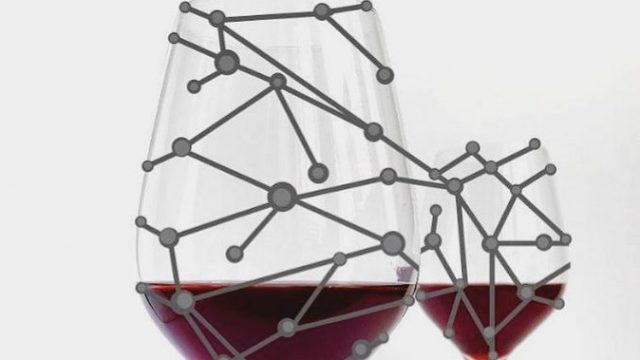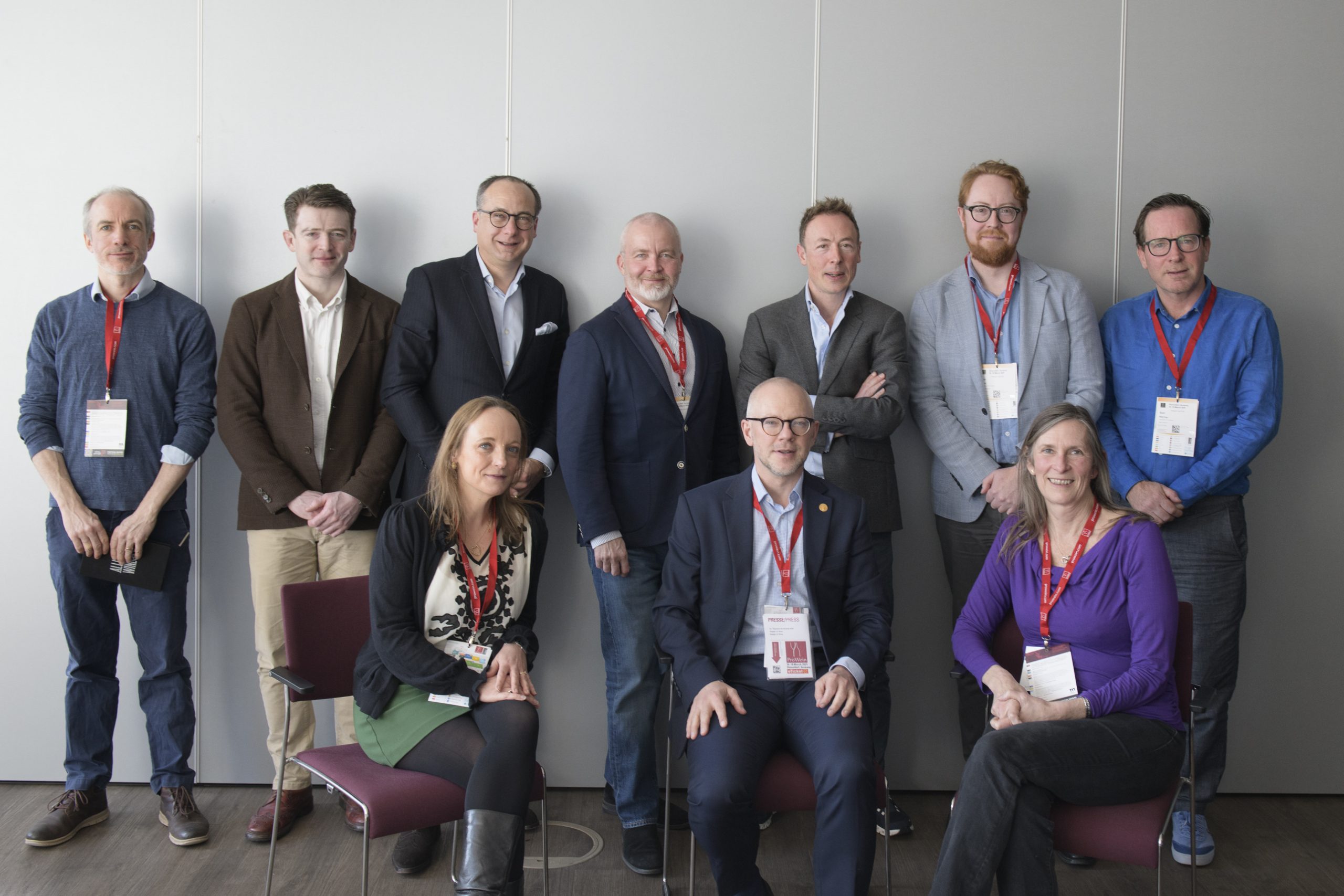Could AI technology soon replace wine expert recommendations?
By Jessica MasonWine will be the next frontier for digital personalisation with AI more reliable than wine expert recommendations, say sensory scientists.

In a talk between AI technology experts and retail aficionados, it was revealed how wines are already being matched with consumer preferences as a way to reduce wastage and market specific wines to consumers.
Sensory sciences company Tastry revealed via Retail TouchPoints, that “the entire industry – from the winery to the distributor, to the retailer, to the consumer – is forced to make educated guesses, and the risks are high,” said founder Katerina Axelsson.
Axelsson said that she has taught a machine to understand the chemistry of wine the same way a human does – through building its knowledge.
According to Axelsson, with a mix of machine learning, sensory science and analytical chemistry, the new equipment TastryAI can pinpoint the palate preferences of individual consumers so retailers and distributors can make wine recommendations and see increased sales.
The Tastry technology reportedly individualises recommendations by decoding the flavour and aroma matrices of wines, by chemically analysing thousands of products in the lab and running them against the unique consumer palate of each individual.
Axelsson highlighted how a person’s palate is as unique as a fingerprint, and it is something that brands can use to their advantage by learning more about what people like by breaking down their preferences via question responses that identify each palate.
“Crowdsourced content can provide a measure of the average performance of a product across a large number of people, or a specific individual’s preferences across multiple products. Neither considers the individual palate, experience, context or culture of the individual trying to decide which wine to buy,” said Axelsson, explaining how “two individuals may share a palate for Pinot Noir, but when the style changes to Malbec or Chardonnay, the similarities can end. The consumer never knows when differences will appear, and this often leads to unsatisfactory purchases. An individual ultimately needs to follow multiple reviewers depending on the terroir, as well as varietal, context. This is complicated at best, and onerous and unsustainable at worst. In either case, the consumer will need to wait for other people to review new wines before they can make any decision. Tastry understands what you like without expert tasters, and can provide accurate recommendations based on your individual palate before anyone has even tried the wine.”
Axelsson revealed that “One algorithm interprets our novel chemistry data and ‘decodes the flavour matrix’. Our chemistry method will pull over five million data points out of a single bottle of wine. Understanding how that is going to taste, smell and feel to a human palate is the first step. It essentially reduces all the chemistry of the wine – just like the human palate does – to a flavour represented mathematically. That’s when another algorithm looks at that flavour, and the flavour of every other wine or subset of wines (such as 2,000 wines in a grocery store inventory). Then the algorithm chooses a set of deceptively simple quiz questions that can be intuitively answered by almost any person but are able to divide different consumers while simultaneously functioning as analogs to many compounds, or groups of compounds, found in wine. Consumers answer a simple quiz once and an entire retail assortment is ranked and matched to the individual through complex AI systems”
Partner Content
Axelsson gave the example: “One question may be: ‘How do you feel about the smell of fresh-cut grass?’ The AI already ‘knows’ which compounds or groups of compounds are responsible for that sensation. When the answer to that question is known, the AI has learned about many compounds you may like or dislike.”
According to Axelsson: “You can envision AI as building a Venn diagram of questions which ‘granularises’ its understanding. We ask customers as few questions as possible, but enough to understand 80% or more of their unique palate. We call this ‘decoding the palate matrix’. At this point, we collate the flavours and palates in a multidimensional space and essentially measure the distances between the many vectors of the consumer’s palate and the wines. Those wines that are ‘closer’ to the palate are more likely to be good matches, and those that are further away are less likely to be good matches. That is how Tastry makes recommendations. We describe them as the final evolution of hyper-personalised recommendations: ‘Singularisation’”.
However, it doesn’t end there. Axelsson revealed that pairings are now being made by AI robot technology as they learn more about palates and flavour.
“In addition to recommending beverages, many of our retail partners are using TastryAI to integrate cross-aisle pairings of meal kits, hot food items or recipes – with TastryAI taking into account the dietary needs of each individual. At the business level, TastryAI also can help retailers be more data-driven and customer-focused. Once TastryAI provides recommendations to a substantial portion of a consumer base, which normally takes about 90 days, TastryAI can compare the retailer’s consumer palates on a store, local and regional level to better curate store product mix. This helps to reduce wasted inventory and streamline business processes,” she added.
Indeed, the data indicates that consumers want more personalised experiences, but they are simultaneously frustrated by the paradox of choice? Could this also expand to other drinks categories? Axelsson has said that this kind of AI technology can help people make quicker drinks buying decisions, after all.
“10 years ago, many retailers might have offered a one-or two-dozen selection of beers. Today, there are commonly over one thousand, not to mention all of the spiked seltzers and ready-to-drink products on the market now. Wine has been plagued by this problem longer than most, but there are no signs of it waning — from micro-distilleries to kombucha, the paradox of choice is only accelerating,” she explained, but insisted that “retailers need to understand that consumers still expect the ‘right product, right price, right time, right place’, and as retailers try to provide these selections to remain competitive, they will have to provide the tools consumers need to make educated decisions. Those that do that well will succeed, those that don’t will continue to lose market share”.
Could this be the end of wine reviews and personal recommendations? Indeed, Axelsson thinks it is a new dawn for the industry to harness what it knows about preferences and navigate drinks sales in a more reliable way.
“I believe the era of ‘buy it and try it’ is over. Consumers are increasingly expecting to know they will like a product before they risk buying it, and this will only be exacerbated by the shift to online sales. You can’t hold the bottle, read the label or taste a sample online,” she said and predicted: In five to 10 years’ time, the idea of endlessly spending money buying and trying products we end up not enjoying will be a thing of the past. Incorporating sensory experiences and personalisation into product marketing will be essential”.
Related news
Should Rioja increase its focus on white wine?
The 'family spirit' behind Champagne Gardet's 130th anniversary




